Fenestratus - Protomelas fenestratus
Scientific name: Protomelas fenestratus
Common name: Fenestratus
Family: Cichlidae
Usual size in fish tanks: 20 - 25 cm (7.87 - 9.84 inch)
014
Recommended pH range: 7.5 - 8.5
Recommended water hardness: 8 - 20°N (142.86 - 357.14ppm)
0°C 32°F30°C 86°F
Recommended temperature range: 24 - 28 °C (75.2 - 82.4°F)
The way how these fish reproduce: Spawning
Where the species comes from: Africa
Temperament to its own species: peaceful
Temperament toward other fish species: peaceful
Usual place in the tank: Middle levels
Overview
Protomelas fenestratus, commonly known as the Fenestratus Hap, is a striking haplochromine cichlid endemic to Lake Malawi. Males develop intense blue, red, and gold coloration, while females remain silvery-gray with faint vertical barring. In the wild, this species is known for blowing jets of sand to uncover hidden invertebrates and detritus, a behavior that makes them both fascinating and active in the aquarium.
Care & Tank Setup
- Tank size: Single adult requires at least 300 l / 80 gal. For a harem (1 male with several females) or a mixed Malawi community, provide 450–600 l / 120–160 gal with a tank length of 150+ cm.
- Water parameters: pH 7.5–8.5, hardness 8–20 °dGH, temperature 24–28 °C (75–82 °F). Replicate stable, alkaline conditions typical of Lake Malawi.
- Aquascape: Provide ample rock formations and caves to define territories. Leave open sandy areas for feeding behavior.
- Filtration: High-performance filtration is crucial; these cichlids produce significant waste. Weekly 30–40% water changes recommended.
Diet & Feeding
Although classified as a carnivore, P. fenestratus is best maintained on a varied diet to prevent digestive problems:
- Staple: High-quality sinking cichlid pellets and spirulina-based foods to balance protein intake.
- Protein sources: Frozen or live foods such as krill, mysis shrimp, brine shrimp, chopped earthworms.
- Occasional treats: Bloodworms or insect larvae, fed sparingly to avoid bloating.
- Avoid mammalian meats and fatty foods, which can lead to health issues.
Behavior & Compatibility
- With conspecifics: Males can be territorial, especially in smaller tanks. Best kept as a harem (1 male with multiple females) or in a larger community of haplochromine cichlids.
- Other fish: Compatible with medium-to-large Malawi haps and peaceful mbuna. Avoid very small species, which may be bullied, and overly aggressive tankmates.
Sexing
Males display vibrant coloration and may reach larger sizes, while females remain smaller and silvery-gray with subtle barring. Mature males sometimes develop more pronounced head and jaw structure.
Breeding
P. fenestratus is a maternal mouthbrooder. After courtship, the female collects fertilized eggs in her mouth, where they incubate for about 3 weeks. During this period she will not eat and often hides among rocks. Once fry are released, they can be raised on newly hatched brine shrimp and finely crushed cichlid flakes. For best results, maintain breeding groups in large, stable aquaria.
Lifespan
With proper care, Fenestratus haps live 8–10 years in captivity. Some reports of 12–15 years exist in optimal conditions.
Origin
Endemic to Lake Malawi in East Africa, where it inhabits sandy and rocky transitional zones.
Short description
The Fenestratus Hap is an attractive medium-to-large Malawi cichlid known for its sand-blowing feeding strategy and vivid male coloration. It requires spacious aquaria, alkaline water, and a carefully structured community to thrive. Best suited for experienced cichlid keepers who can provide both the space and the specialized water chemistry these fish demand.
At-a-Glance (Care Box)
- Size (captive): 20–25 cm TL (8–10")
- Temperament: Semi-aggressive; harem or large Malawi community
- pH: 7.5–8.5 | GH: 8–20 °dGH
- Temp: 24–28 °C (75–82 °F)
- Tank: Single ≥ 300 l / 80 gal; group ≥ 450–600 l / 120–160 gal
- Diet: Carnivorous with plant supplement (pellets, shrimp, krill, spirulina)
- Breeding: Maternal mouthbrooder
- Lifespan: 8–10 years (up to 15 in ideal conditions)
Picture
Bought by aqua-fish.net from jjphoto.dk.
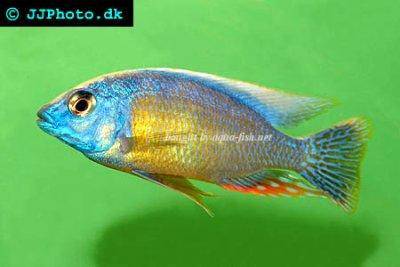

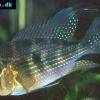 Thread-finned
Thread-finned 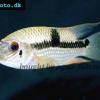 Acara
Acara 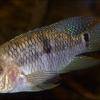 Yellow
Yellow 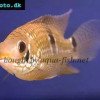 Patrick's
Patrick's 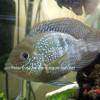 Blue
Blue 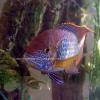 Green
Green 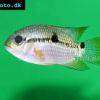 Acara
Acara 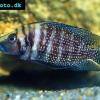 White
White 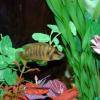 Compressed
Compressed 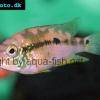 Pastel
Pastel 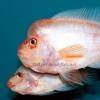 Midas
Midas 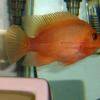 Red
Red 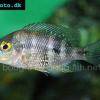 Bluemouth
Bluemouth 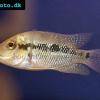 False
False 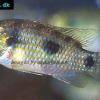 African
African 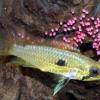 Agassiz's
Agassiz's 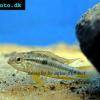 Banded
Banded 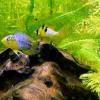 Yellow
Yellow 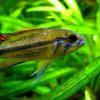 Cockatoo
Cockatoo 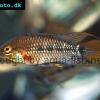 Blue
Blue 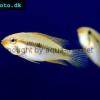 Blackstripe
Blackstripe 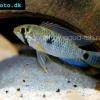 Highfin
Highfin 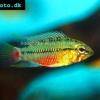 Redstripe
Redstripe 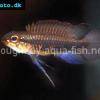 Threadfinned
Threadfinned 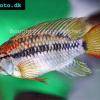 Macmaster’s
Macmaster’s 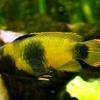 Panda
Panda 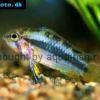 Norbert’s
Norbert’s 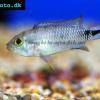 Blue
Blue 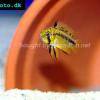 Thin-line
Thin-line 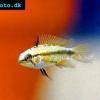 Three-striped
Three-striped 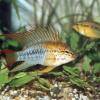 Viejita
Viejita 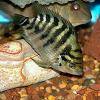 Flier
Flier 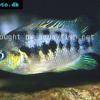 Archocentrus
Archocentrus 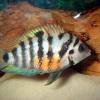 Convict
Convict 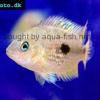 Seven
Seven 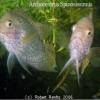 Spiny
Spiny 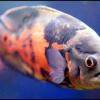 Oscar
Oscar 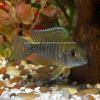 Sunshine
Sunshine 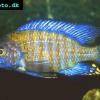 Chitande
Chitande 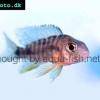 Firebird
Firebird 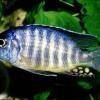 Midnight
Midnight 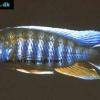 Lake
Lake 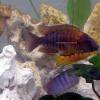 Sunshine
Sunshine 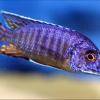 Aulonocara
Aulonocara 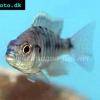 Nyasa
Nyasa 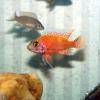 Ruby
Ruby 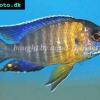 Grants
Grants 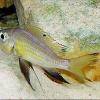 Aulonocranus
Aulonocranus 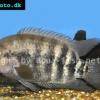 Chameleon
Chameleon 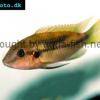 Benitochromis
Benitochromis 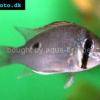 Orinoco
Orinoco 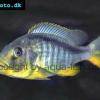 Yellow
Yellow 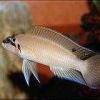 Brichard’s
Brichard’s 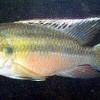 Guenther’s
Guenther’s 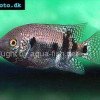 Southern
Southern 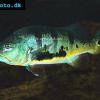 Cichla
Cichla 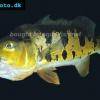 Peacock
Peacock 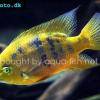 Chiseltooth
Chiseltooth 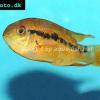 Bolivian
Bolivian 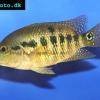 Red
Red 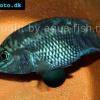 Many-pointed
Many-pointed 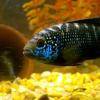 Jack
Jack 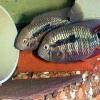 Red
Red 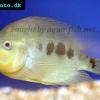 Three
Three 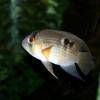 Keyhole
Keyhole 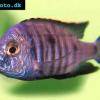 Azureus
Azureus 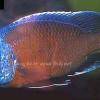 Red
Red 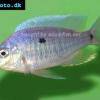 Jackson’s
Jackson’s 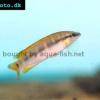 Crenicichla
Crenicichla 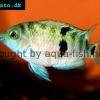 Honduran
Honduran 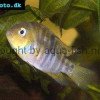 Blue-eye
Blue-eye 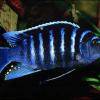 Afra
Afra 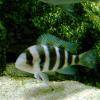 Frontosa
Frontosa 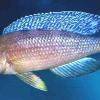 Slender
Slender 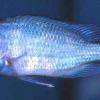 Malawi
Malawi 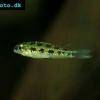 Chequerboard
Chequerboard 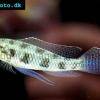 Checkerboard
Checkerboard 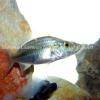 Malawi
Malawi 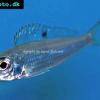 Ectodus
Ectodus 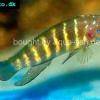 Tanganyika
Tanganyika 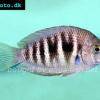 Canara
Canara 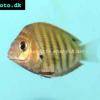 Green
Green 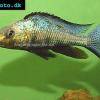 Rostratus
Rostratus 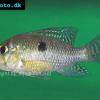 Pearl
Pearl 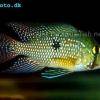 Geophagus
Geophagus 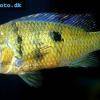 Yellowhump
Yellowhump 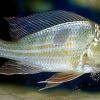 Suriname
Suriname 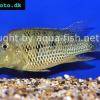 Redhump
Redhump 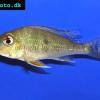 Red
Red 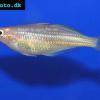 Dority’s
Dority’s 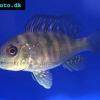 Argentine
Argentine 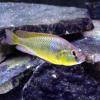 Burton’s
Burton’s 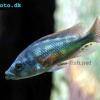 Victoria
Victoria 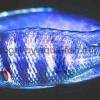 Haplochromis
Haplochromis 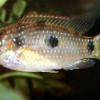 Jewel
Jewel 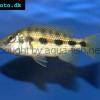 Banded
Banded 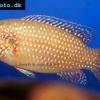 Lifalili
Lifalili 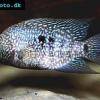 Lowland
Lowland 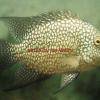 Texas
Texas 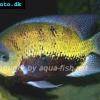 Pantano
Pantano 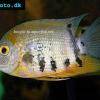 Severum
Severum 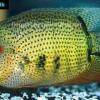 Banded
Banded 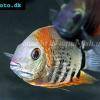 Severum
Severum 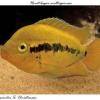 Rainbow
Rainbow 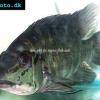 Parrot
Parrot 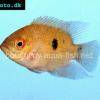 Chocolate
Chocolate 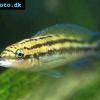 Brown
Brown 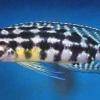 Marlieri
Marlieri 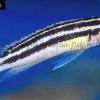 Golden
Golden 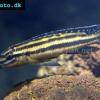 Striped
Striped 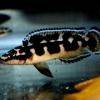 Masked
Masked 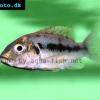 Konye
Konye 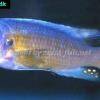 Blue
Blue 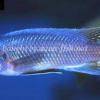 Trewavas
Trewavas 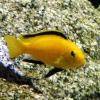 Electric
Electric 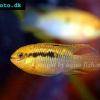 Dwarf
Dwarf 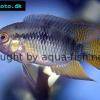 Redbreast
Redbreast 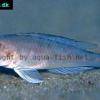 Lamprologus
Lamprologus 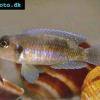 Gold
Gold 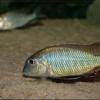 Greenface
Greenface 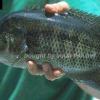 Mayan
Mayan 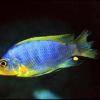 Aurora
Aurora 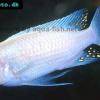 Blue
Blue 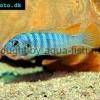 William’s
William’s 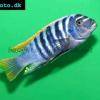 Zebra
Zebra 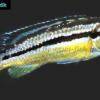 Malawi
Malawi 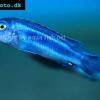 Blue
Blue 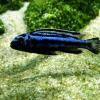 Blue
Blue 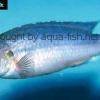 Mbuna
Mbuna 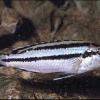 Parallel
Parallel 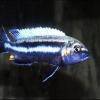 Purple
Purple 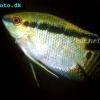 Flag
Flag 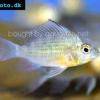 Bolivian
Bolivian 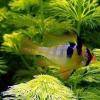 Ram
Ram 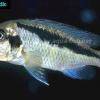 Basket
Basket 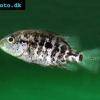 Haitian
Haitian 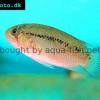 Zebra
Zebra 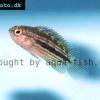 Striped
Striped 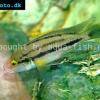 Neolamprologus
Neolamprologus 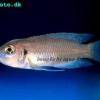 Brevis
Brevis 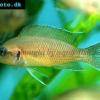 Fairy
Fairy 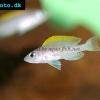 Neolamprologus
Neolamprologus 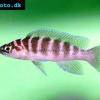 Cylindricus
Cylindricus 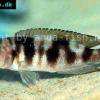 Hecq’s
Hecq’s 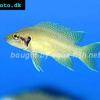 Neolamprologus
Neolamprologus 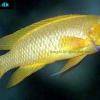 Lemon
Lemon 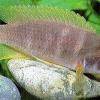 Mustax
Mustax 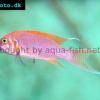 Daffodil
Daffodil 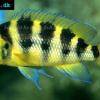 Six-bar
Six-bar 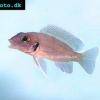 Five-bar
Five-bar 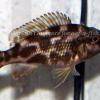 Marbled
Marbled 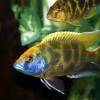 Giraffe
Giraffe 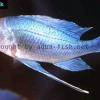 Blue
Blue 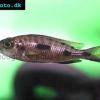 Sulphurhead
Sulphurhead 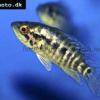 Wolf
Wolf 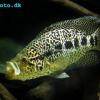 Jaguar
Jaguar 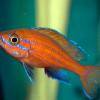 Blue
Blue 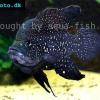 Marakeli
Marakeli 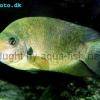 Madagascar
Madagascar 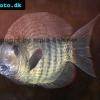 Pinstripe
Pinstripe 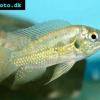 Pelmatochromis
Pelmatochromis 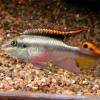 Kribensis
Kribensis 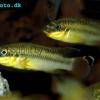 Striped
Striped 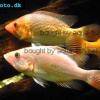 Red
Red 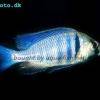 Deepwater
Deepwater 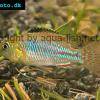 Nichols’
Nichols’ 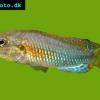 Southern
Southern 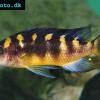 Bumble
Bumble 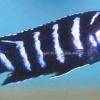 Demason’s
Demason’s 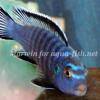 Slender
Slender 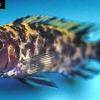 Red
Red 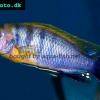 Mbuna
Mbuna 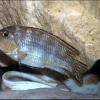 Malawi
Malawi 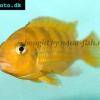 Kenyi
Kenyi 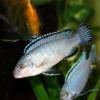 Powder
Powder 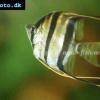 Altum
Altum 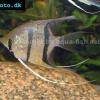 Angelfish
Angelfish 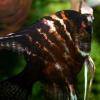 Angelfish
Angelfish 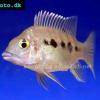 East
East 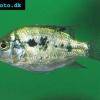 Juba
Juba 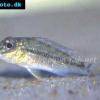 Earth
Earth 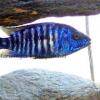 Electric
Electric 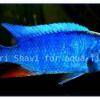 Azure
Azure 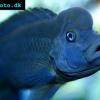 Lionhead
Lionhead 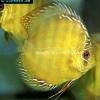 Discus
Discus 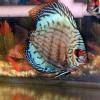 Blue
Blue 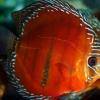 Red
Red 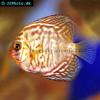 Zebra
Zebra 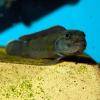 Brichard’s
Brichard’s 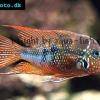 Blue
Blue 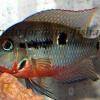 Firemouth
Firemouth 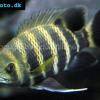 Zebra
Zebra 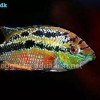 Yellow
Yellow 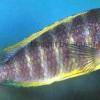 Blue
Blue 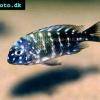 Dwarf
Dwarf  Blunthead
Blunthead 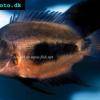 The
The 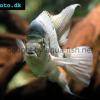 White
White 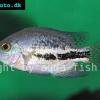 Twoband
Twoband 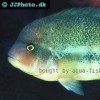 Fenestratus
Fenestratus 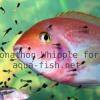 Window
Window 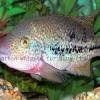 Tailbar
Tailbar 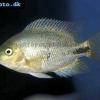 Black
Black 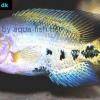 Redhead
Redhead 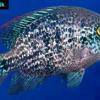 Oaxaca
Oaxaca 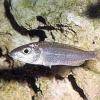 Xenotilapia
Xenotilapia